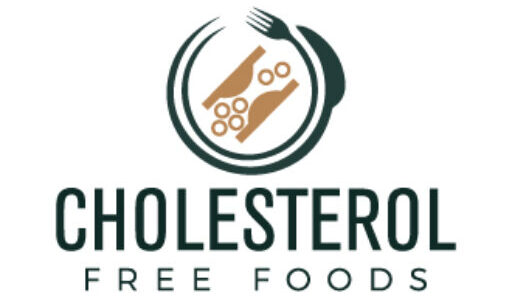Myths And Truths About Cholesterol And Other Cardiovascular Diseases
On one hand, there are those who call themselves “cholesterol skeptics” who cite numerous studies that show no relationship between cholesterol levels and deaths from cardiovascular disease. That cholesterol is bad for you and causes heart disease is one of the most deeply rooted and widespread beliefs in the minds of the general public and, unfortunately, in the minds of many doctors. Pharmaceutical companies struggle to maintain this belief. Not surprisingly, statins (cholesterol-lowering drugs) are the best-selling drugs, generating billions of dollars in sales for the industry. On the other hand, there are the “cholesterol skeptics” who cite numerous studies showing no relationship between cholesterol levels and death from cardiovascular disease and claim that we should not take cholesterol testing seriously, but simply attribute coronary heart disease to an inflammatory process. While there is a lot of truth in these studies, and in fact I will cite some of them, I think this is a limited perspective that does not help us understand the problem. The actual situation is much more complex. We don’t know all the factors yet, but we know enough to overturn the conventional wisdom. We also know enough to know that there is a relationship between cholesterol and heart disease, but not the relationship that many people think.
This may not be a hot topic, and it may not be the topic I most want to write about, but it is an important one. Coronary heart disease is the leading cause of death in the developed world, and official nutritional (and pharmaceutical) advice to lower cholesterol is counterproductive. Paranoia leads most people to believe that cholesterol is bad and that it is better to eat less of it. This misconception is often the result of trying to treat a non-existent disease with drugs that have potential side effects and a diet that only increases risk. This topic sounds like a book, but I’m going to try to summarize it in two articles. Today I’ll explain why the conventional wisdom is wrong and what the real relationship between cholesterol and cardiovascular disease is. In the next articles, I’ll discuss some information about blood tests and some recommendations to minimize your risk of cardiovascular disease. Cholesterol is literally a substance that is essential to the body. Every cell in the body is covered with a membrane composed mainly of fat and cholesterol, and this membrane is necessary for the proper functioning of the brain. In fact, there is a congenital disorder (called Smith-Remi-Opitz syndrome) that makes it difficult to synthesize cholesterol and can lead to mental retardation, muscle deficiency and autism….. (Thanks for the cholesterol! I was told that.
Cholesterol also synthesizes sex hormones (estrogen and testosterone), vitamin D (technically a hormone), and is an important compound in bile. In fact, breast milk, the first food we eat after birth, is rich in cholesterol. The difference between cholesterol and lipoproteins is one of the first areas of confusion and is key to understanding the nature of cardiovascular disease. Now that you know that cholesterol is essential and that every cell needs it, you will understand that your body must transport this cholesterol to every tissue in the body. To accomplish this transport, cholesterol is “packaged” by the blood into lipoproteins. Imagine that several villages are built along the river, supplied with certain commodities by factories. The factories are the various places where cholesterol is synthesized and ingested (mainly the liver and intestines), cholesterol is the commodity that flows in streams (everyone needs it), and lipoproteins are the ships that carry it. LDL (low-density lipoprotein) carries cholesterol into the cells, and HDL (high-density lipoprotein) collects the excess cholesterol and returns it to the liver.
When explained this way, it seems clear that there are no “bad guys” in the process. Each one has its own function and is constantly searching for balance in the body. Before we continue, there are other concepts to understand.
- LDL-P: The total number of LDL particles (or the number of “ships” that ship goods to a country).
- LDL-C: Total amount of LDL cholesterol (or the total amount of cargo carried by a replenishment ship).
- HDL-P: Total number of HDL particles (or number of “ships” picking up excess cargo).
- HDL-C: total HDL cholesterol count (or total cargo carried by the “receiving ship”).
When we talk about high and low cholesterol in our analysis, we mean HDL-C and LDL-C, but because we are “movie sick”, we focus specifically on LDL-C. However, we need to pay more attention to the particle count (LDL-P). Wait a minute, we soon discovered the mystery. More precisely, when we talk about LDL-P, we can actually divide the categories according to the size of the particles (just like the different sizes of LDL vessels). As you can see, size does matter.








